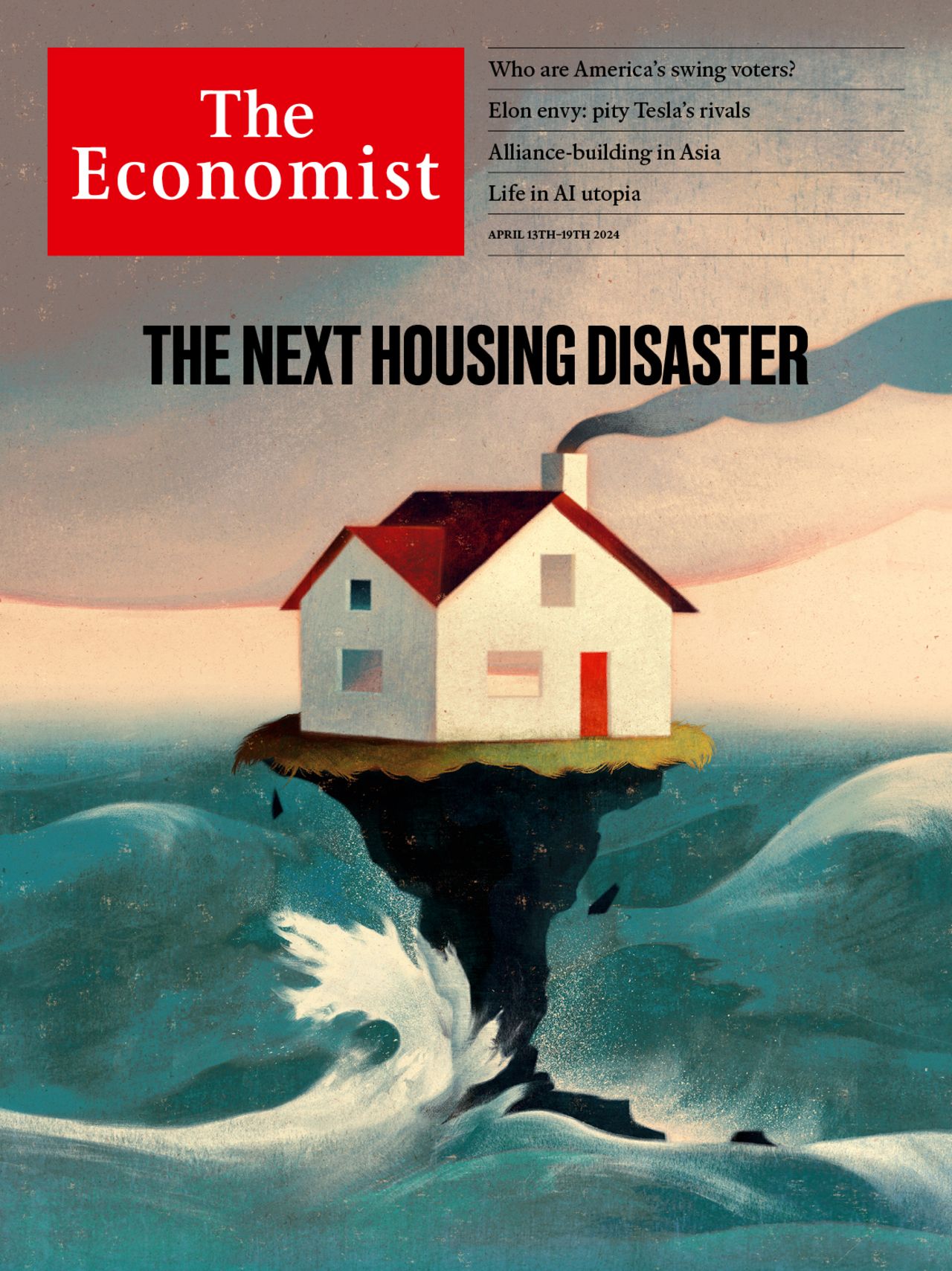Homeowners face a $25trn bill from climate change
Property, the world’s biggest asset class, is also its most vulnerable

THE residentS of northern Italy had never seen anything like the thunderstorm that mauled their region last summer. Hailstones as big as 19cm across pummelled Milan, Parma, Turin and Venice. Windows were broken, solar panels smashed, tiles cracked and cars dented. The episode cost the insurance industry $4.8bn, making it the most expensive natural disaster in the world from July to September (the figures exclude America, which collates such data separately).
Yet insurance executives, although smarting, were not surprised. Climate change is making such incidents much more common. In the decade from 2000 to 2009 only three thunderstorms cost the industry more than $1bn at current prices. From 2010 to 2019 there were ten. Since 2020 there have already been six. Such storms now account for more than a quarter of the costs to the insurance industry from natural disasters, according to Swiss Re, a reinsurance firm. In Europe, not known for extreme weather, losses have topped $5bn a year for the past three years.
This article appeared in the Briefing section of the print edition under the headline “Risk of subsidence”
More from Briefing

A shift in the media business is changing what it is to be a sports fan
Team loyalty is being replaced by “fluid fandom”

Will Binyamin Netanyahu’s visit to America repair or weaken ties?
He may damage relations with Israel’s indispensable protector

Optimistic plans for post-war Gaza have little basis in reality
Aid, policing, reconstruction—everything is even harder than it sounds
Small investments in nutrition could make the world brainier
Many pregnant women and babies are malnourished—and not just in poor countries
Introducing “Boom!”
A six-part series about the generation that blew up American politics
One generation has dominated American politics for over 30 years
How have they become so entrenched?
